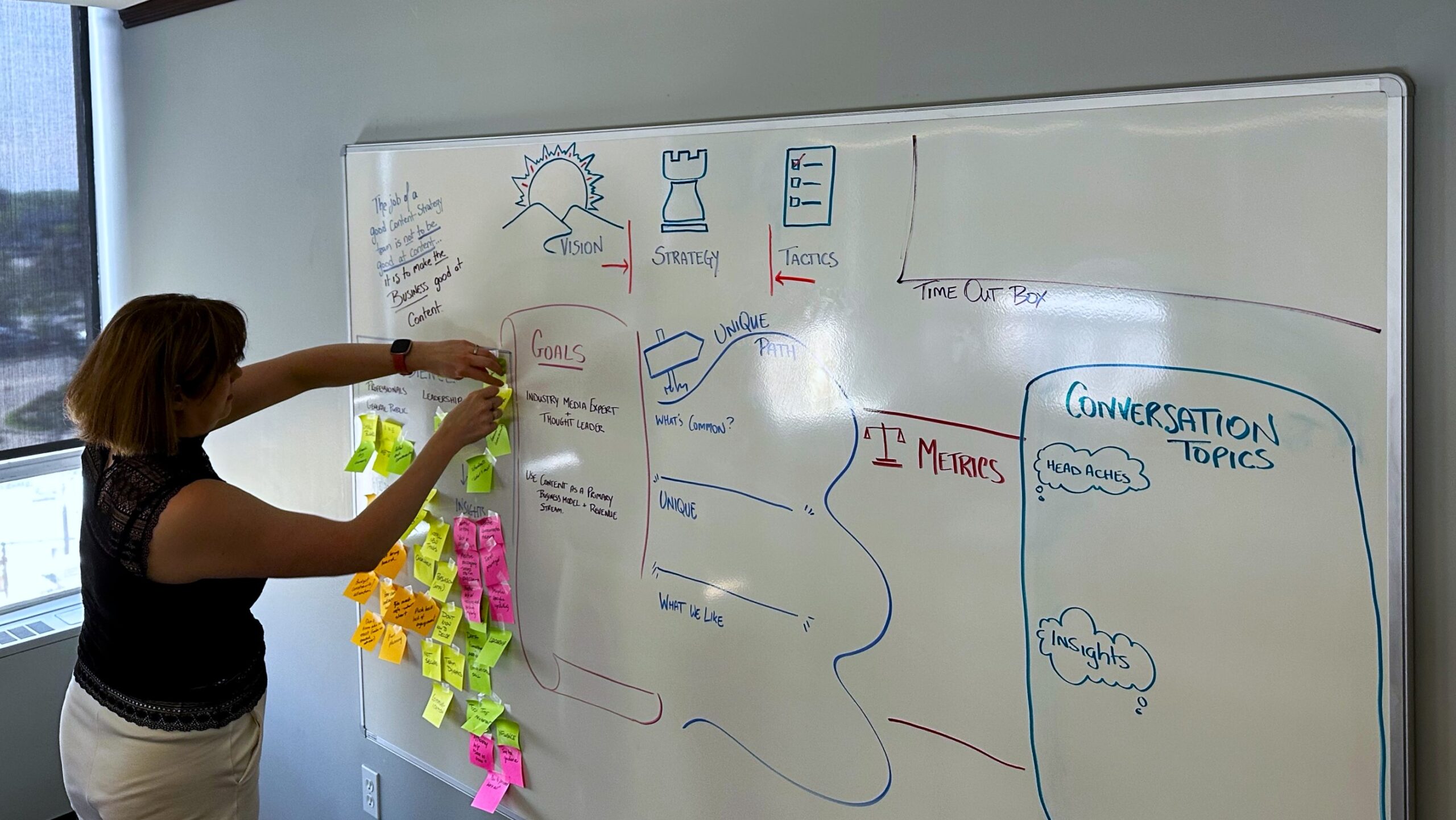We live and work in a world where we hear that “change is constant”, that we need to keep up with the “pace of change”, and that not just our ability to innovate, but perhaps our career survival depends on our ability to “adapt to change”.
No wonder so many of us are feeling more than a little done with change.
It’s not just the size of the change, it’s the volume. Surprisingly, small process shifts can be more fatiguing to employees than large organizational transformations (Gartner). That’s because they nudge us out of our routines and into unfamiliar territory. At first, it takes more energy. It’s stressful. We’re navigating the unknown.
And as humans, we don’t tolerate “not knowing” well.
Even when we agree that change is needed, we still struggle with how to do it.

What Makes Change Hard?
Change can be threatening – even when it isn’t meant to be. It often triggers fear:
- Fear of job overlap or becoming redundant
- Fear of being perceived as less capable
- Fear we’ve been “doing it wrong”
- Concern about being monitored
- Loss of autonomy or decision-making power in our work
I once spoke with a woman who was seriously considering quitting her job of over 15 years because her company adopted new technology. She is not alone. In 2022 a Capterra survey found that 54% of employees experiencing change fatigue consider looking for a new job.
When just thinking about change makes people want to jump ship, it’s no surprise that resistance is so common. The bigger surprise might be that change happens at all.
Change Starts with Uneven Understanding
People begin change journeys at different starting points. Some have been living with the problem for months; others are just hearing about it. That gap matters. The longer a someone has been aware of a problem, the more time they’ve had to:
- Think about its consequences
- Connect it to other issues
- Feel the friction it causes
They’ve been through the emotional cycle of frustration, reflection, and acceptance and they’re prepared for action. Someone just hearing about the issue may be at the start of that cycle. They’ll need time to “catch up”.
Before people can get on board with change, they need to understand why it matters. That realization happens at different times for different people and it shouldn’t be mistaken for resistance.
Take this example: You’re an IT manager responsible for file access and recovery. You know how files get lost, and how to get them back. The need for file organization is clear and has a very persuasive “why” – when there is no order, recovery is chaos. The potential pain is very real to you and your team.
You support a marketing team who just want to find what they need fast. They don’t think in file names and structures. They store everything – drafts, mock-ups, finished articles, photos, videos and meeting notes, in their download folders. It’s all pretty random. The team has good intentions of renaming and moving their files to better storage some day – but work never stops and they just haven’t found the time to make the changes. Since no one on the marketing team can remember losing their critical files the incentive to change for them is low. They haven’t thought about what they would do if the essentials of their work all disappeared. Their is an unequal understanding happening here.
Adopting Change Takes Time
Intentional change involves, time, discomfort and effort.
Here are three key ideas to keep in mind when supporting change for yourself or your team:
1. Clarity is King
The most important thing we can offer people is clarity.
- What problem do we need to solve?
- Why now?
- How will the new process work?
Clarity helps people see that the plan is reasonable, the challenges are real, and the outcomes are achievable. It is nearly impossible to move towards a fuzzy end goal. Clarity supports trust. Without it, momentum stalls.
2. Change is Never Linear
Mike Tyson famously quipped, “Everybody has plans until they get hit for the first time”. That’s true in boxing and in business. Plans look good on paper – but reality always lands a few punches. Successful change doesn’t avoid hits, it anticipates them.
- Jabs are the challenges that you can see coming. Leaders can reasonably assess the different levels of awareness that people impacted by the change have – which allows them to plan accordingly. For example, with IT problems, it’s reasonable to expect high levels of awareness from IT staff, but lower levels of understanding from finance or HR teams.
- Right hooks are trickier, like varying adoption speeds within a team. People bring their own values, experiences and tolerance for uncertainty. Some are early adopters. Others wait for a more ‘sure thing’. People’s past change experiences also come into play. Have they gone well? Did they get appropriate support? Were the changes effective?
3. Change Requires Bandwidth
Let’s define bandwidth as a combination of time, resources, energy and focus. Each change will make demands of those resources. Factors that impact change readiness can include.
- Current stress levels or emotional state
- Workload
- How complex the change feels
- How many other changes are happening right now
When too much happens at once, or when change is handled poorly, it drains people. That’s when passive resistance, burnout, and lowered productivity take hold.

So, What Works?
Let’s talk about what helps change succeed.
- Invite people in early.
Don’t wait until plans are ready to launch. The people doing the work need to be a part of designing the change. By inviting ‘doers’ to be idea makers, and not simply passive recipients, change leaders foster greater buy in and generate better/more relevant ideas. - Make thinking visible.
Use a flip chart or a white board to capture ideas in real time. It builds shared clarity, reduces confusion and uncovers gaps in the plan. - Welcome Resistance
Resistance is part of the process we use to make sense of change. We negotiate it. We challenge areas where we need more clarity, where we don’t think things make sense or when we feel like we don’t have everything we need to be successful. In past projects, people affectionately known as my “Eeyores”, pushed back and helped us see potential challenges and insights. Listening to them helped move them from resistance to support.
If You Are the Eeyore
What if you’re the one facing change and feeling hesitant? Here are some ways to support your own learning:
- Give yourself time to learn and explore. If it is a program, play with it. Watch some YouTube videos and try it out.
- Write down the questions you have and try to answer them on your own
- Be intentional about your learning – leave breadcrumbs (notes, reminders) for your future self
- Build cues and systems to reinforce new habits
- Know who to ask for help and be willing to ask imperfect questions.
It’s clear that transformations aren’t slowing down. Change is becoming part of our everyday work.
But implementing change is not enough.
To thrive, we need to build resilient teams who know how to manage uncertainty. To do that we need clear communication and processes and we need a human centered approach to change.
Think about a change you’re navigating right now – what’s one thing you could clarify or ask about that would make it easier?
Meaningful, stress free change starts with engaging your team in collaborative communication. Find out how CWE can facilitate the those conversations by learning more about membership today.








